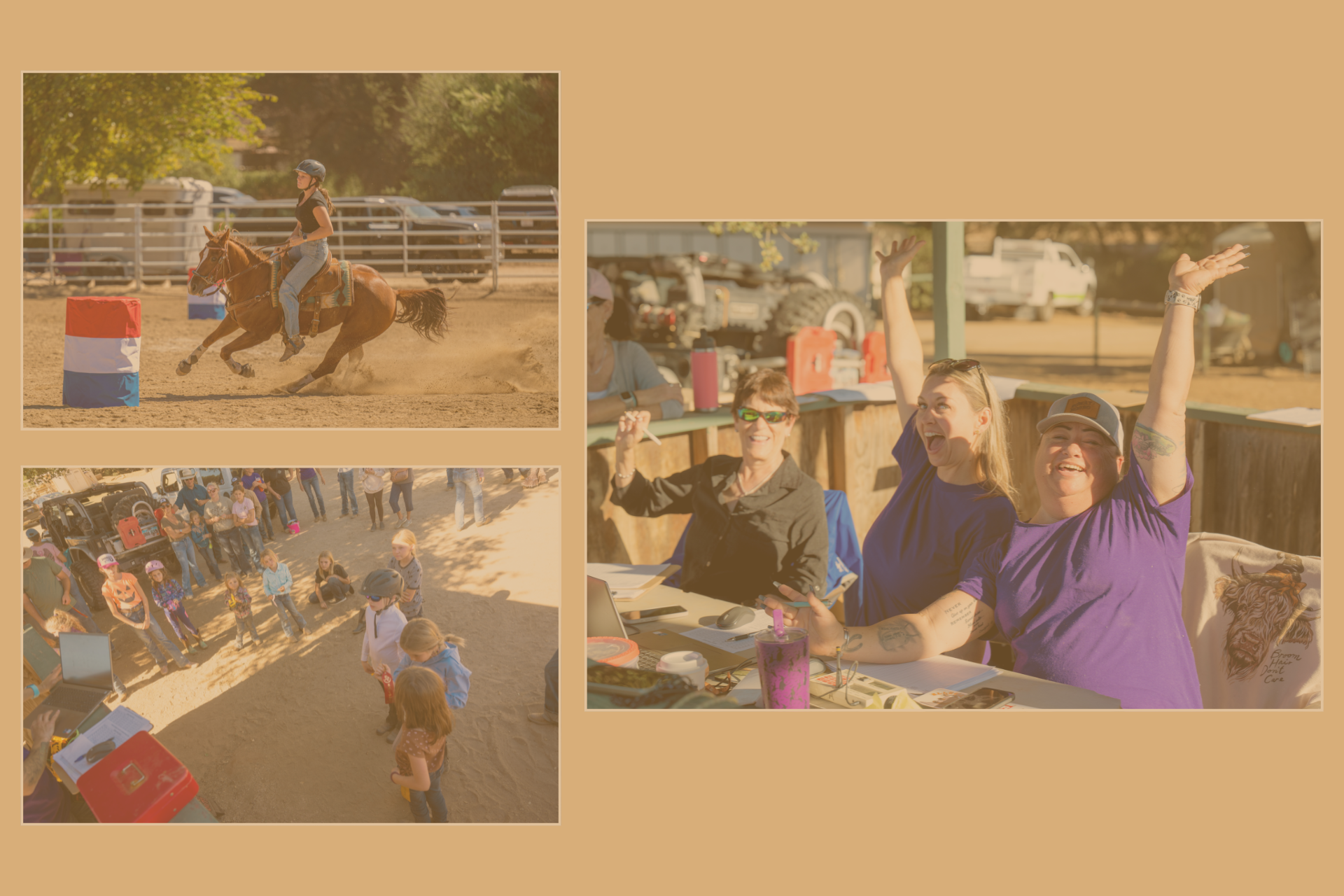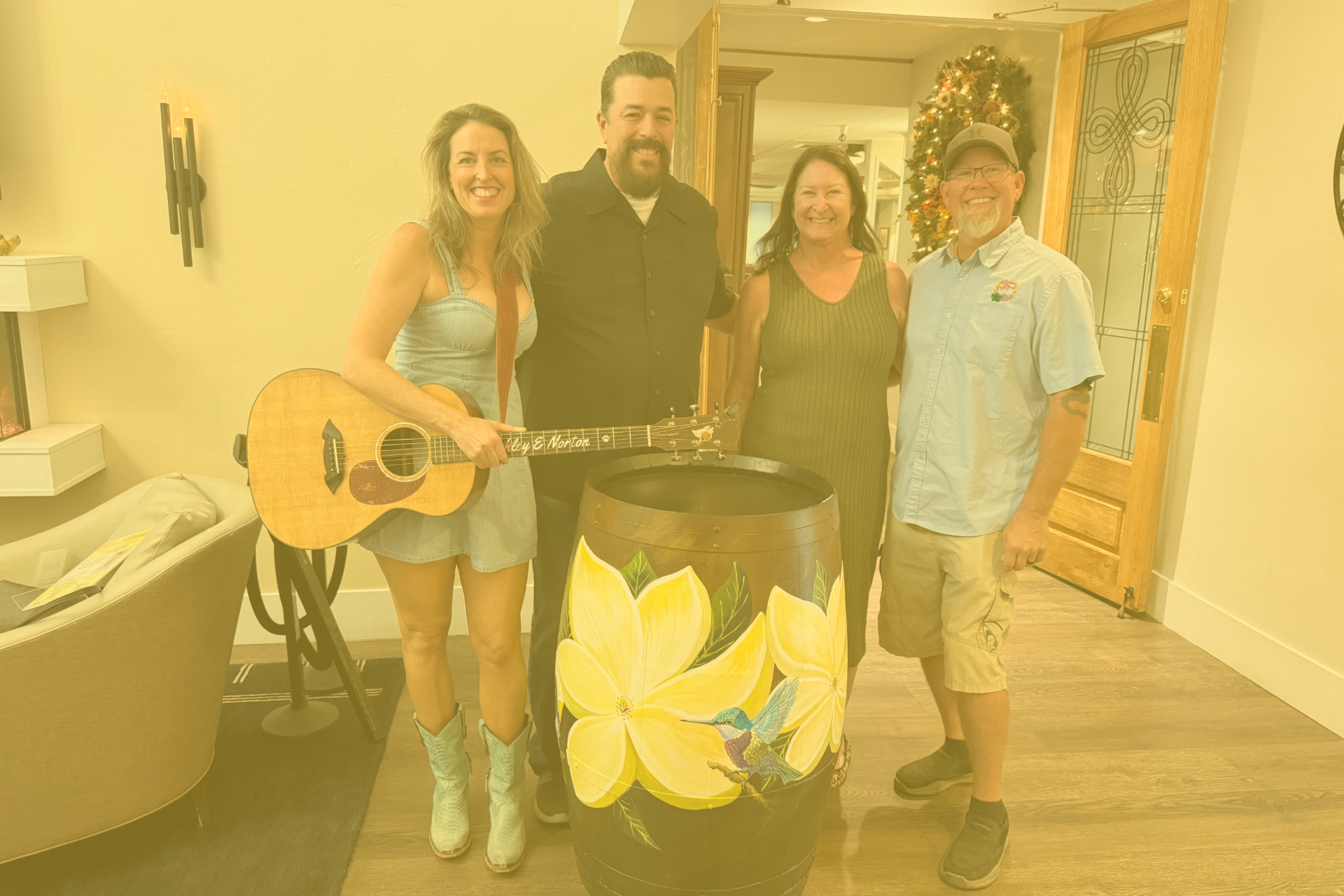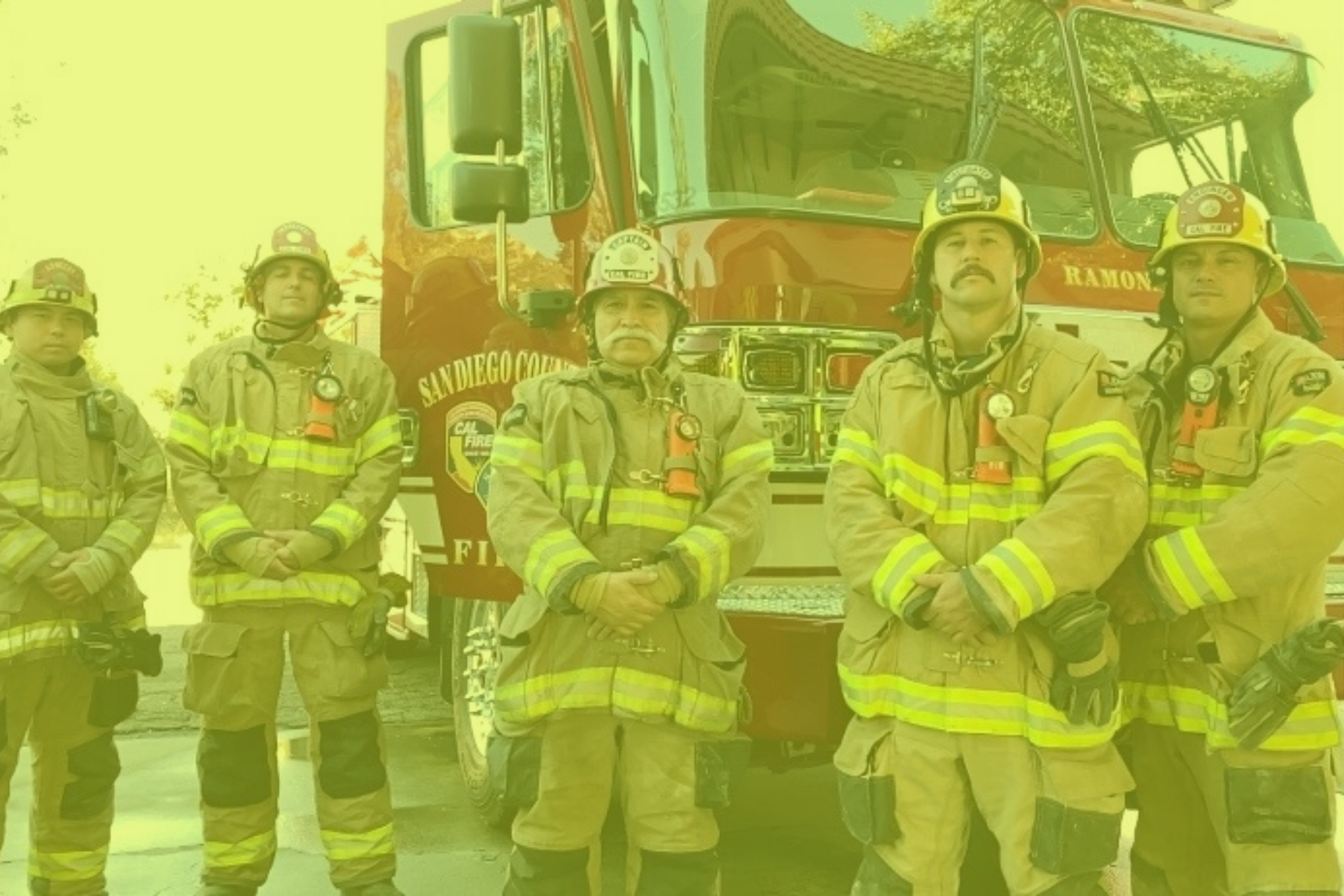Golf Course Maintenance Update
Golf Course Superintendent Scott Walwyn explains a crucial aspect of course maintenance—turf aerification.
Holes, holes, holes and more holes! What is happening at our beloved golf course? What's with all the holes? Excellent question; allow me to explain.
Around 1775, somewhere in Scotland, where golf originated, a greenskeeper had a problematic area where he was trying to grow some turf on one of the first golf courses. He put a shovel in the ground to allow water to penetrate the roots. It improved the stand of turf, or group of grass grown together. As a goat that was “mowing” the grass walked by, it seems the greenskeeper was quite pleased with the results and proceeded to continue this practice on a greater scale.
Fast forward to golf courses as we know them today. Turf aerification has become a staple in the industry for caring for finely maintained turf around the world. Yearly disruption of quality turf—typically in spring and fall—has become unavoidable, much to the chagrin of golfers worldwide. This treatment is expensive, courses must close and lose revenue, golfers are upset, and yet the important treatment continues.
Here are the main benefits:
- Assists in water penetration to the roots.
- Allows for increased oxygen to roots and soil structure.
- Relieves soil compaction from mowers and foot traffic.
- Allows for the discharge of harmful gases below the surface from microbial activity and fertilizers.
- Decreases thatch, which, when left unchecked, can promote poor water penetration, disease and a poor putting surface.
For those interested in some technical information:
When sand is introduced into the holes, roots have a medium to expand to assist in mineral uptake. This spring, I used 1/2-inch hollow core tines on the putting greens and filled the holes with a limestone sand to help offset our reclaimed water. This material helps raise the pH a little and increases the calcium-to-magnesium ratio, which is essential for a healthy stand of turf. Fairways were aerated at 3/4 inch and tees at 5/8 inch. Unfortunately, the cost to fill all holes on the course is prohibitive, so putting greens, collars and trouble areas will get sand of some other variety to promote vigorous growth. With some favorable weather, a little elbow grease, some sound experience and luck from the golf gods, our putting surfaces should be back to normal within two weeks.
In my experience, the other essential component in rapid turf healing—besides weather—is ensuring that EVERY SINGLE hole is filled. And they will be. Thanks for your patience in this essential, albeit maddening, process.
As I always preach, please repair your ball marks! And, especially after aeration, when greens are a little soft and healing, repair yours and at least one other. Thank you.
“Keep calm...and golf on.” -Unknown.







